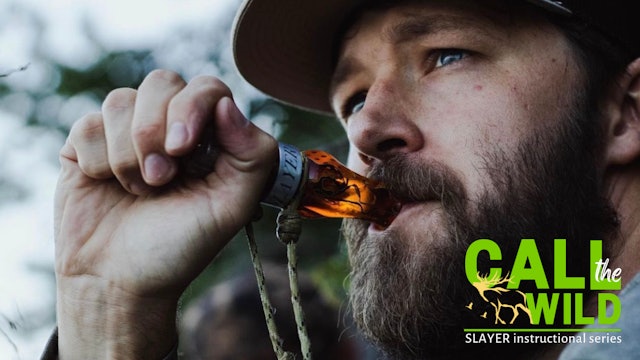Intro to Duck Calling - The Basics of How to Use a Duck Call
18 Episodes
In this course on "how to use a duck call," you'll start with the basic mechanics of a duck call and spend time mastering the basic quack. From there, you learn the ins and outs of the 3-note cadence, the greeting call, basic feed sounds, the stutter feed and the drag in feed. Each of the 9 lessons has been meticulously set up to help you develop great calling form and good calling habits — a foundation critical for mastering more advanced calling as you progress through the series.
I urge you to not skip videos and to not move too quickly. Master each section before moving on to the next. With each section we’ve included several exercises to use as practice tools as you work through the process.
-
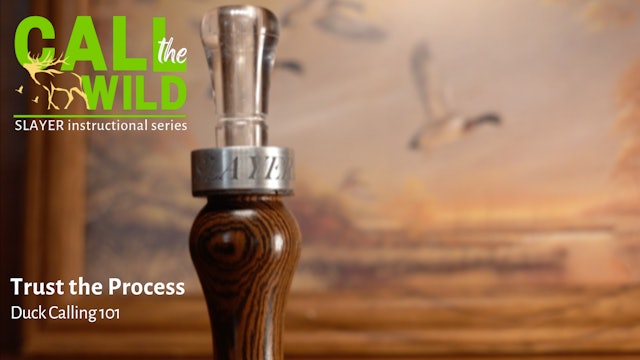 03:03Episode 1
03:03Episode 1Episode 1 : Trust the process
Episode 1
We’ve designed this course specifically with the hunter in mind. This is not a masterclass on contest calling, but a guide for hunters who want to kill more ducks! We will start with the basic mechanics of the call and go all the way into tips to take into the blind.
-
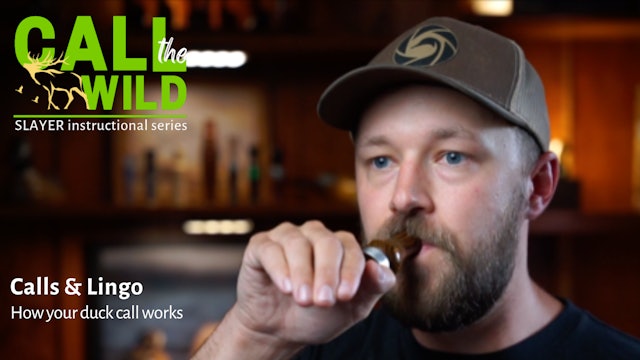 04:38Episode 2
04:38Episode 2Episode 2 : Calls and Lingo
Episode 2
This section is all about the call. The parts of the call, their importance, and some helpful lingo to understand as we move forward.
-
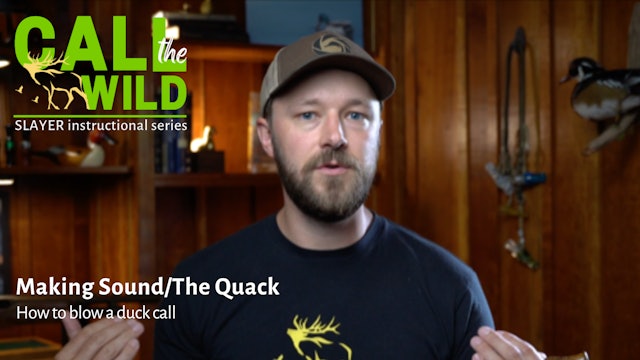 07:43Episode 3
07:43Episode 3Episode 3 : Making The Quack
Episode 3
-
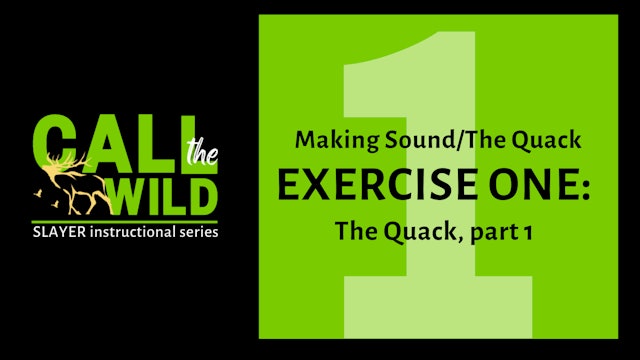 02:15Episode 4
02:15Episode 4Episode 4: Exercise ONE
Episode 4
-
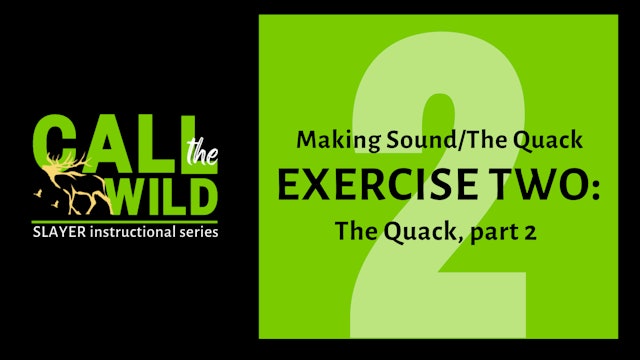 01:25Episode 5
01:25Episode 5Episode 5 : Exercise TWO
Episode 5
-
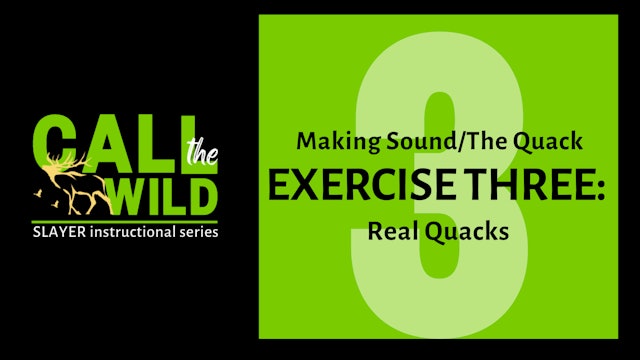 01:28Episode 6
01:28Episode 6Episode 6 : Exercise THREE
Episode 6
-
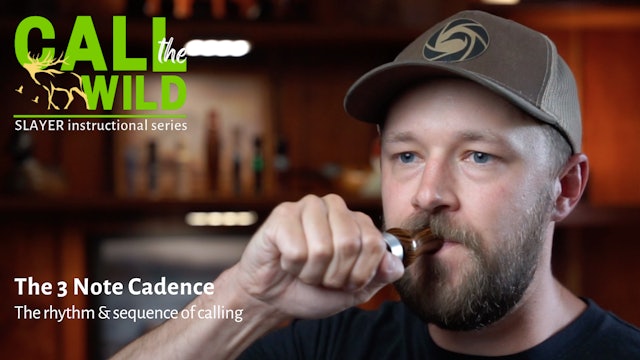 02:32Episode 5
02:32Episode 5Episode 7 : 3 Note Cadence
Episode 5
The purpose of this section is to work on a 3-note cadence. Cadences refer to rhythmic sequences or flows. This is a term used in music and poetry to describe how things are said, repeated, timed, etc. In our case, cadence refers to how we use the basic quack, its rhythm, and its sequence.
-
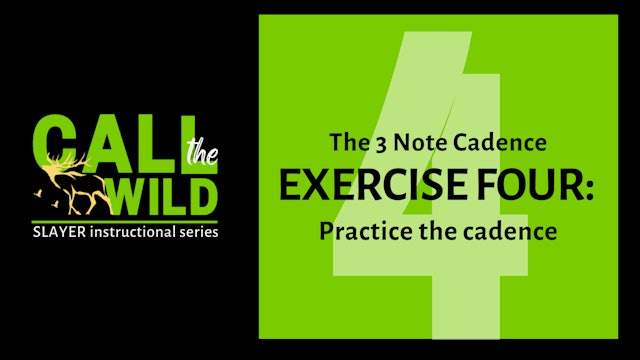 00:59Episode 8
00:59Episode 8Episode 8 : Exercise FOUR
Episode 8
-
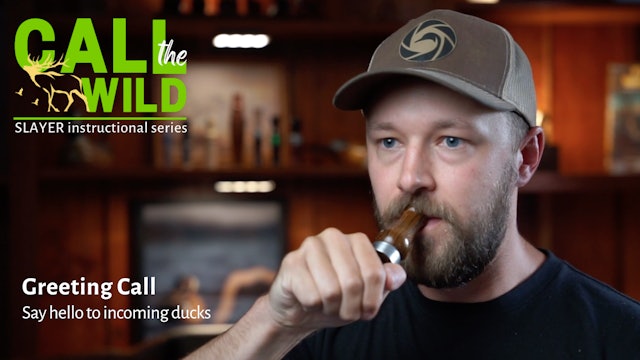 02:14Episode 9
02:14Episode 9Episode 9 : Greeting Call
Episode 9
Before landing, flying ducks will often fire off a 4-5 note cadence as they approach swimming ducks on the water.
-
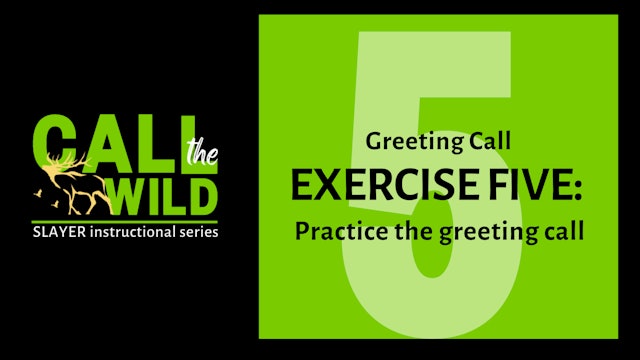 01:48Episode 10
01:48Episode 10Episode 10 : Exercise FIVE
Episode 10
-
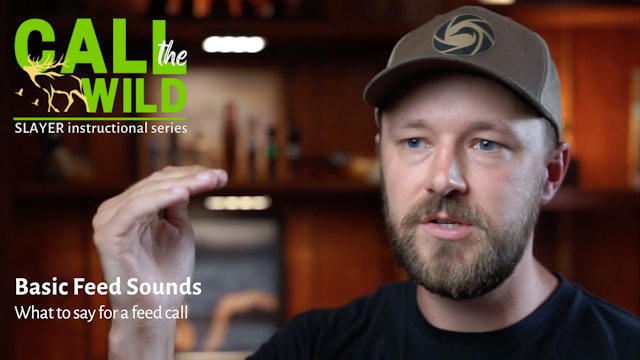 02:17Episode 10
02:17Episode 10Episode 11: Basic Feed Sounds
Episode 10
When you are in a crowded restaurant, people are often talking as they hang out and eat their food. Mallards do the same thing when they are near food. As well as quacking, they make what we call the "feed call" or "feed chuckle".
-
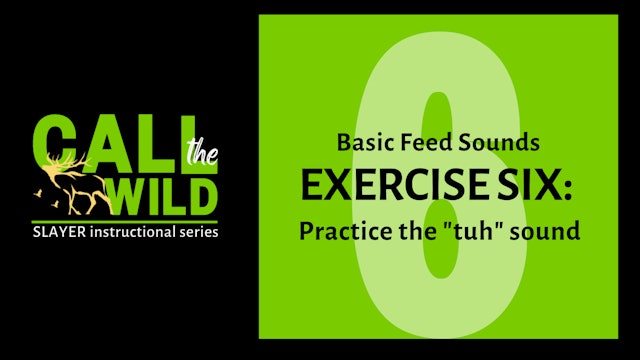 02:09Episode 12
02:09Episode 12Episode 12 : Exercise SIX
Episode 12
-
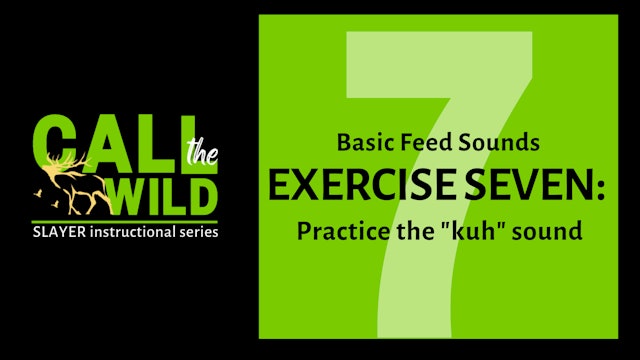 01:14Episode 11
01:14Episode 11Episode 13 : Exercise SEVEN
Episode 11
-
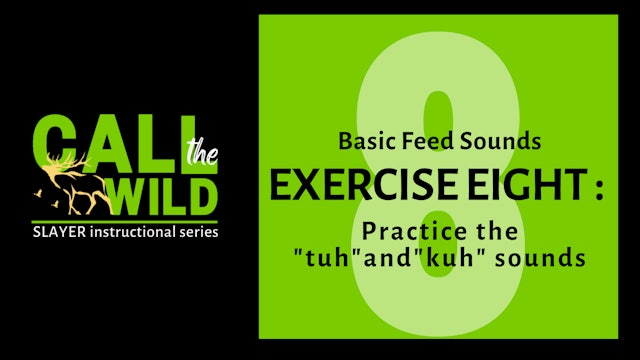 01:37Episode 14
01:37Episode 14Episode 14 : Exercise EIGHT
Episode 14
-
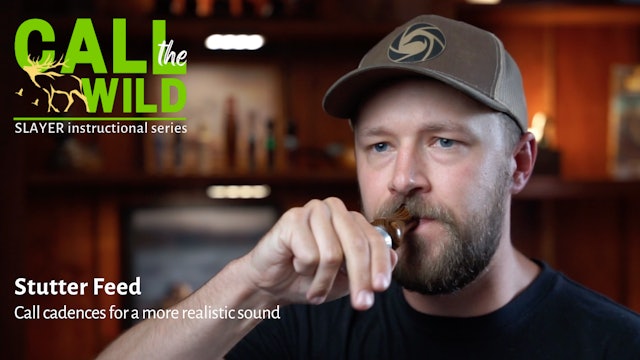 02:39Episode 15
02:39Episode 15Episode 15 : Stutter Feed
Episode 15
The feed call can also include cadences, just like the quack. The more you learn about these cadences, the more realistic these sounds become.
-
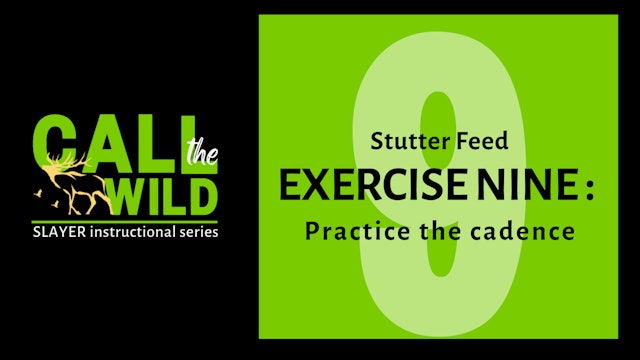 01:28Episode 16
01:28Episode 16Episode 16 : Exercise NINE
Episode 16
-
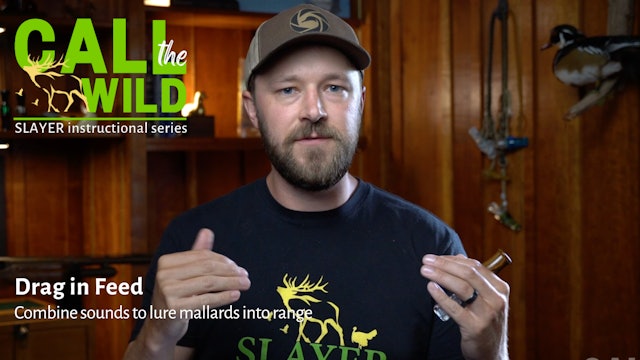 01:12Episode 17
01:12Episode 17Episode 17 : Drag in feed
Episode 17
The last thing you need to add to your feed is a few quacks here and there.
You will be glad to have this skill under your belt, especially if you are the only caller in the blind. -
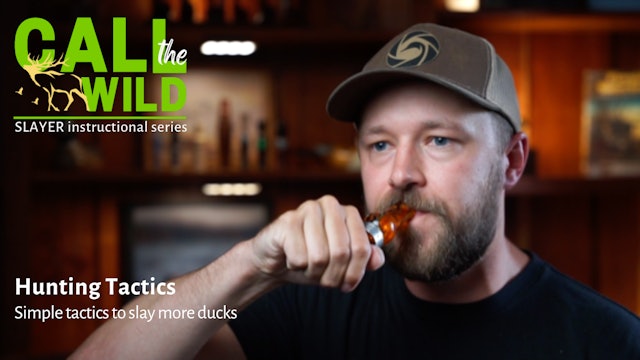 04:07Episode 17
04:07Episode 17Episode 18 : Hunting tips
Episode 17
When birds are responding to your calls and checking out your decoy setup, we call that “working birds”. Duck hunters will constantly watch the ducks to see how they are responding and call accordingly.

